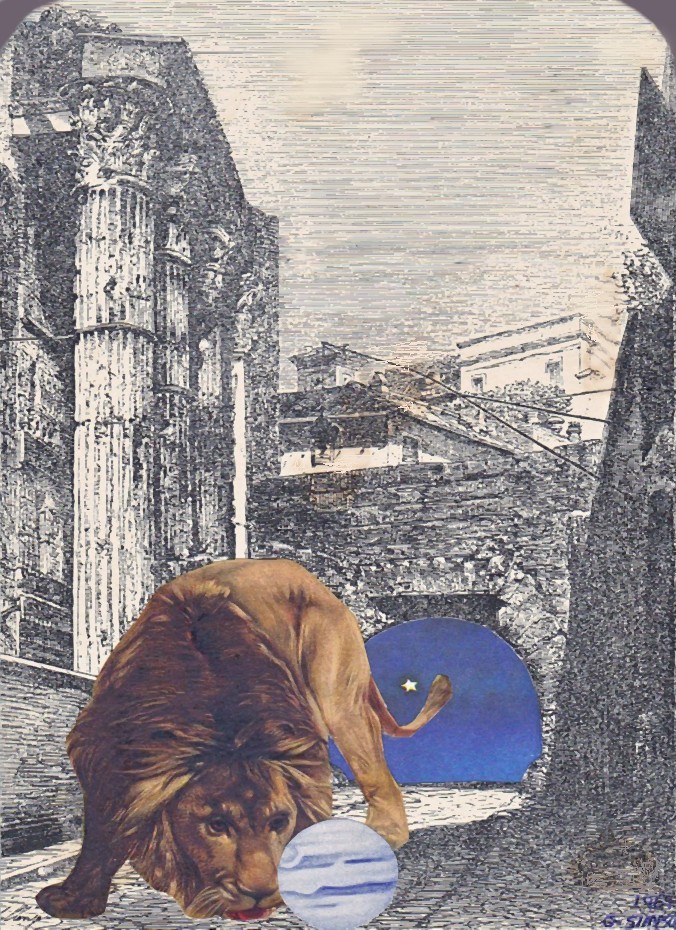The Door to
Infinity

The door to
infinity
opens to a corridor that runs below the street; a walkway for
pedestrians, some
of whom are asleep, some of whom are awake. Whatever state they are in,
when
passing each other they provide for each other. They emit whatever
distinction
they carry with them – a dream perhaps when sleeping, a memory perhaps
when
awake -- and absorb another’s. Their passing also charges a surplus to
the
interchange that keeps the corridor in tact -- for them and for other
pedestrians to come.
Now the corridor is
wide enough and high enough to allow pedestrians to pass each other
without
incident. At the same time, its construction – by whom or what agency I
cannot
say – places those within it at least close enough to enable the
interchange. A
brief shiver that traverses the shoulders, neck and head signals the
moment.
Point of view also plays into this, as does fantasy. Tales tell of two
pedestrians -- one coming, one going – who suddenly merge, separate and
continue on their way. Whether or not they do merge, and what happens
to each
having merged, is certainly a question to resolve.
That the structure has
existed for millennia, very much part of our history, is reason enough
to
celebrate. Not because “infinity” is a place a pedestrian can reach and
say,
definitively, this is where I am; this, my infinity, is also yours.
Rather, the
age of the corridor, its prestige in society, the various cultural
forms that
it gives birth to – in scholarship, the arts, literature, music, etc. –
the
reciprocal coming and going, the near tidal increase and decrease of
pedestrians in the corridor over time give to us a continuity we simply
can’t
do without; or haven’t up to this point done without -- which is
probably a
more truthful way of putting it.
That all this occurs
below ground is another inducement for wonder, especially because above
ground,
on the street, amidst the quotidian Hurley-burly, that other place,
unseen yet
poignantly felt, attracts, no matter how “down there” it is – as though
submerged
lateral movement had acquired a marvelously rich resonant charm in
itself, and
in which and by which we are able to live just a little more intensely.
Recently, an effort to
rationalize access to the corridor by mapping its aboveground entrances
has
largely failed. Once identified, a doorway thereafter vanishes as if it
weren’t
there at all and, in fact, had never been there. I suppose these
occurrences
speak to factors in the infinite that elude us, derived from yet
unexplained or
ever inexplicable encounters.
Nowhere to be found
after having been found, the door to the infinite finds us when we need
it or
when we least expect it. And when it appears, there is every reason to
open it
and begin a descent as others, having ended their walk, ascend,
re-entering a world
that they can now revive.